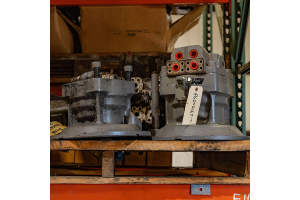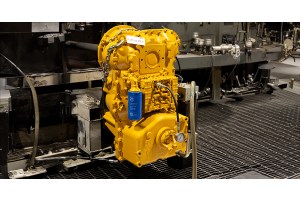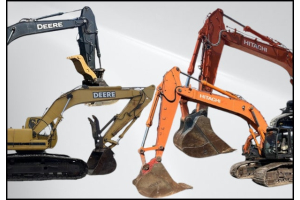
OSHA is getting tougher on repeat offenders on the worksite by expanding it to include violations of all hazards and standards across all industries.
OSHA assistant secretary Doug Parker says the agency was falling short of holding employers accountable. OSHA estimates there are currently about 500 employers who willfully commit violations and that the number will increase by about 100 per year with the new standards.
According to OSHA, the updated criteria will include:
Employers with at least two willful or repeated violations will be put on the list, as well as those who receive failure-to-abate notices for high-gravity, serious violations.
Follow-up inspections made one year — but not longer than two years — after the final order. When a review committee affirms the citation and issues the final order, it obligates the employer to abate the citation.
Potential removal from the SVEP three years after receiving verification of abatement of hazards. In the past, removal could occur three years after the final order, not abatement.
Allowing employers the ability to reduce their time on the list to two years — from three — if they consent to an enhanced settlement agreement that includes use of an approved safety management system.
Employers previously only landed in the SVEP for a limited number of standards, such as fall and excavation or trenching violations. It categorized employers into “construction” or “not construction” violators.
Parker said the new standards won’t apply retroactively but previous violations will factor into OSHA adding employers to the program if new infractions occur.
The change will likely impact industries like manufacturing or healthcare more than smaller construction businesses because they are harder to track, collect fines from and ultimately remove from SVEP.
“I think there’s always going to be small employers who fall into the program and because of the difficulty tracking them, they’re going to linger around,” Parker said, though he noted changing the trigger to exit SVEP to abatement, versus a final order, could incentivize employers to act to get off the list.
As a result, increased inspections are expected.
Parker said that OSHA plans to ramp up inspections under the current administration. OSHA inspections across all industries have steadily declined since 2011. In 2021, OSHA had 40% fewer inspections than a decade earlier, according to Construction Dive analysis of publicly available information. SVEP was formed in 2010.









